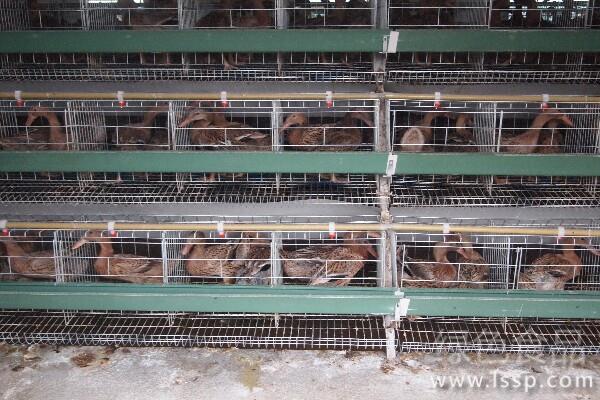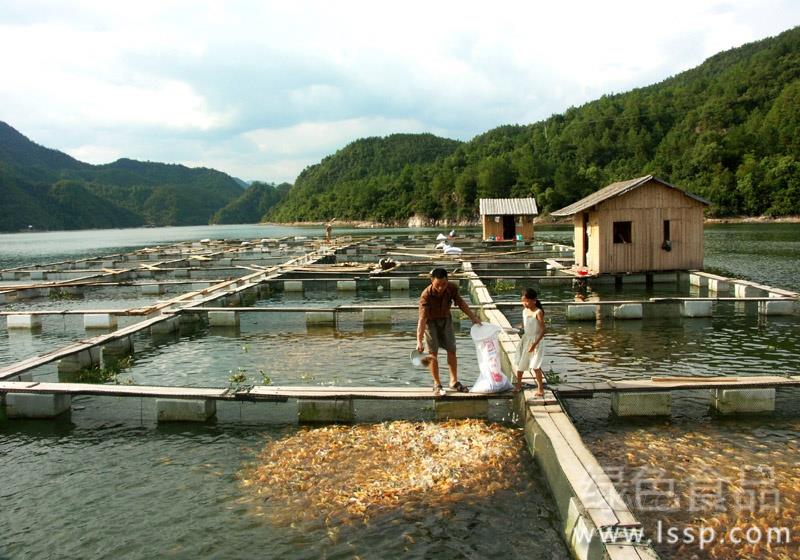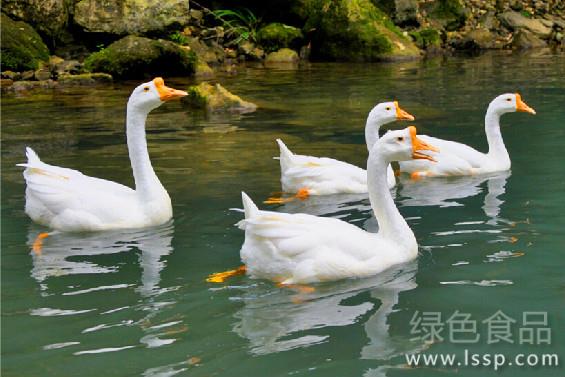The output value of laying ducks depends on how to maintain the laying quantity of laying ducks
The focus of the feeding and management of laying ducks in the early and early stages of laying is to make the egg production of laying ducks reach the peak as soon as possible. therefore, the dietary nutrition level of laying ducks should be gradually improved and the light time of feeding times of laying ducks should be increased.

Caged laying duck
The specific measures are: careful breeding and management. First of all, do a good job of satiety, fullness, cleanliness and stillness. The so-called satiety, so that laying ducks eat well, generally from 120 days old gradually changed to feed the full price formula during the laying period, gradually increase the nutrient concentration of the feed, increase the feeding times (4 times during the day, 9 am at night and once again at 10 o'clock at night). Add appropriate materials, not too much, lest the residual feed turn sour and deteriorate, but not too little to meet the needs of laying ducks. Enough, the drinking water supply is adequate and clean. It is best to use the nipple type, which can not only ensure the supply of drinking water, but also avoid waste caused by the feeding behavior of egg ducks; the drinking fountain can also use plastic pot type or trough type, but the position should be appropriate. At the same time, the sink and material trough are cleaned in time to ensure hygiene. Cleanliness refers to the hygiene and cleanliness of the duck house, and the duck tongue and other utensils should be cleaned and disinfected regularly. Be quiet, keep the duck house quiet and avoid the egg duck from being disturbed. Because egg ducks start laying is the beginning of a new stage, excited, abnormal behavior, to environmental changes, very sensitive, easy to panic, and egg ducks once frightened will affect egg production. At the same time, we should pay attention to observe the dynamics of egg ducks, find problems at any time, and solve them at any time.
Look at the egg shape: the big end of the duck egg is small, it is not fed well in the morning, and the small head end is small, which is short of Chinese food. Normal duck eggs have a smooth, uniform and thick shell. There are trachoma or rough, or even soft shell, indicating that the feed quality of laying ducks is poor, especially calcium or vitamin D deficiency.
Look at the laying time: the normal laying time of the laying duck is from 2: 00 p.m. to 8: 00 a.m., if the laying time is late, or even laying eggs during the day, or the time is not concentrated, it shows that the feed quality of the laying duck does not meet the requirements, and concentrate should be replenished immediately.
Look at egg weight: the initial egg weight of most breeds of egg ducks is about 40 grams. At the age of 200 days, the duck egg weight can reach more than 90% of the standard egg weight of this breed, 230-250 days old, and can reach the standard egg weight. In the early stage of egg laying, the egg weight continues to increase, but the weight gain momentum can not be too fast, too fast means bad breeding, improper management, find out the reasons and improve it.
Look at the laying rate: the laying rate of laying ducks continues to rise at the initial stage of laying, and the laying ducks laid in early spring rise even faster, entering the peak laying period of laying ducks at the age of 200 days (no later than 230 days at the latest) (that is, the laying rate is about 90%). If the laying rate fluctuates greatly and there is a decline, there will be a problem.
Look at the weight: the laying situation is also related to the weight change of the laying duck, so it is important to control the weight according to the growth rule of the laying duck. Entering the laying period, the body weight of laying ducks is relatively stable, or has a small increase. The weight of laying duck has greatly decreased or increased, and there is a problem in feeding. During the age of 201-300 days, the weight of egg ducks should be measured on an empty stomach every month, and each time they were weighed by random sampling, the number of egg ducks weighed was more than 10% of the population. In general, at the beginning of production, the weight of egg ducks should be maintained at 1450 grams, with a slight increase or decrease later, to the end of elimination, no more than 1500 grams.
- Prev

How to prevent perishable fish skin from rotting in cage culture
How to prevent perishable fish skin from rotting in cage culture
- Next

It is a misunderstanding that it is not cost-effective to raise geese in summer.
It is a misunderstanding that it is not cost-effective to raise geese in summer.
Related
- On the eggshell is a badge full of pride. British Poultry Egg Market and Consumer observation
- British study: 72% of Britons are willing to buy native eggs raised by insects
- Guidelines for friendly egg production revised the increase of space in chicken sheds can not be forced to change feathers and lay eggs.
- Risk of delay in customs clearance Australia suspends lobster exports to China
- Pig semen-the Vector of virus Transmission (4)
- Pig semen-the Vector of virus Transmission (3)
- Five common causes of difficult control of classical swine fever in clinic and their countermeasures
- Foot-and-mouth disease is the most effective way to prevent it!
- PED is the number one killer of piglets and has to be guarded against in autumn and winter.
- What is "yellow fat pig"? Have you ever heard the pig collector talk about "yellow fat pig"?

